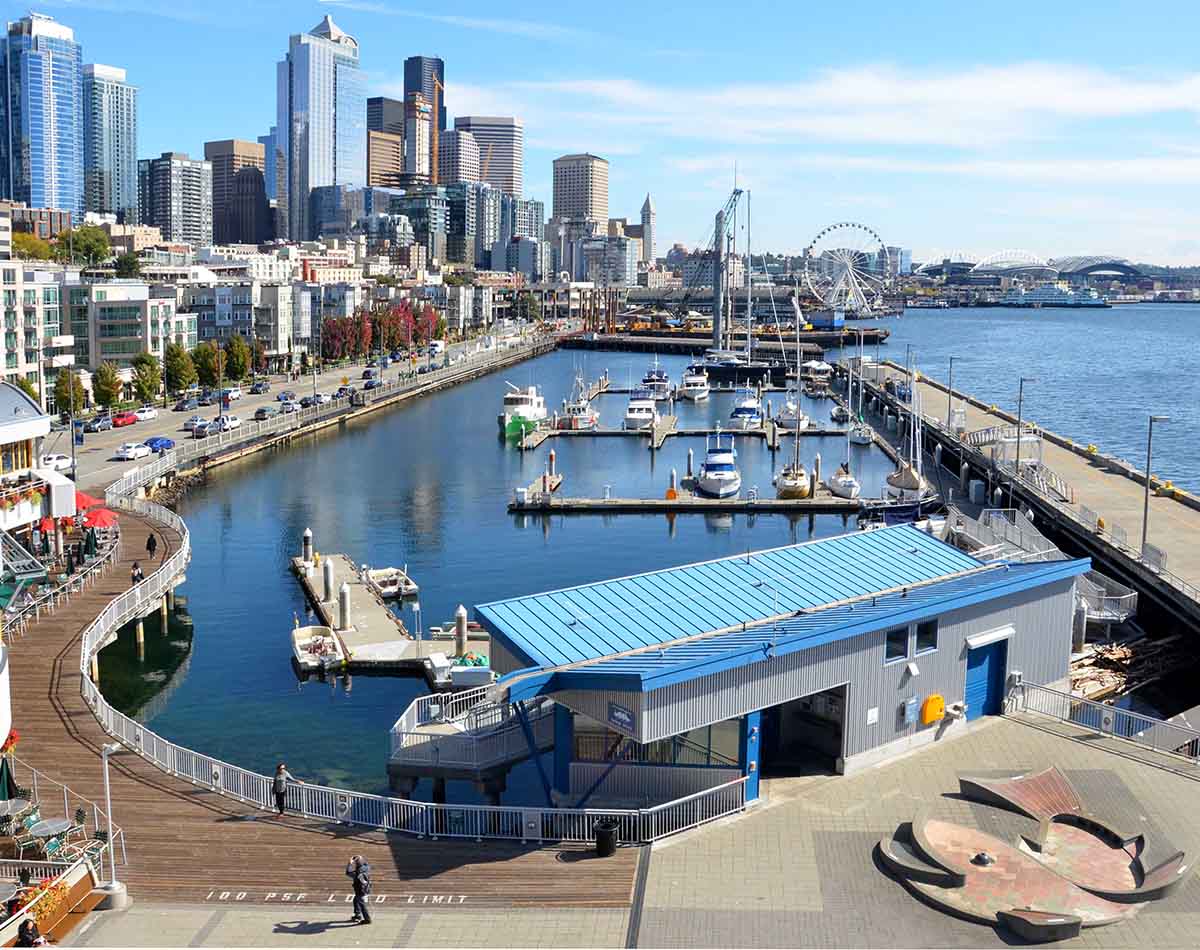What Every Company Needs to Stay Resilient
✨ Key Points
Leadership and Vision Drive Stability – Clear direction and adaptable leadership help companies stay focused, make smart decisions, and maintain team morale during change.
Financial and Operational Safeguards Build Strength – Healthy cash flow, proactive risk management, and reliable technology form the backbone of business resilience.
People and Protection Ensure Longevity – Engaged employees, loyal customers, and comprehensive insurance coverage enable companies to recover quickly and thrive despite setbacks.
Running a company today means navigating constant change, from shifting economic landscapes to new technologies and unexpected global challenges.
Resilience has become more than just a buzzword; it’s a survival strategy.
Businesses that build resilience are not only able to withstand setbacks but also thrive in the face of uncertainty.
Below, explore the core elements that every company needs to stay resilient, offering practical insights into long-term strength and adaptability.
A Clear Vision and Strong Leadership
Resilience begins with leadership that is both clear and adaptable.
A company’s leaders must establish a vision that guides employees, sets priorities, and ensures decisions align with long-term goals.
Strong leadership also requires the ability to pivot when necessary.
When unexpected challenges arise, resilient leaders don’t cling rigidly to outdated strategies; they listen, analyze, and chart a new course forward.
Vision and leadership also influence company culture.
Teams that feel guided by a confident but flexible leadership are more likely to stay motivated during difficult times.
That stability helps maintain productivity and morale even in turbulent circumstances.
Financial Stability and Smart Risk Management
Financial health is a cornerstone of resilience.
Companies that live paycheck to paycheck or rely too heavily on short-term gains may struggle when unexpected expenses arise.
Building financial stability involves maintaining healthy cash reserves, diversifying income streams, and managing debt responsibly.
Equally important is a structured approach to risk management.
Identifying potential threats, from cyberattacks to supply chain disruptions, allows companies to put safeguards in place before issues escalate.
This proactive mindset transforms risk from an unpredictable hazard into something that can be mitigated effectively.
Employee Engagement and Retention
Employees are at the heart of resilience.
A motivated workforce not only keeps operations running smoothly but also provides the innovation and energy that helps companies adapt to change.
Building resilience through people means offering competitive compensation, supporting professional development, and creating an inclusive environment where employees feel valued.
Retention is particularly critical during crises.
High turnover can weaken a company’s ability to adapt, as resources get drained by recruitment and training.
Companies that invest in their teams today will find themselves far more resilient tomorrow.
The Right Technology and Infrastructure
Modern businesses rely heavily on technology to remain efficient and competitive.
A resilient company ensures it has reliable systems in place, whether that means secure cloud storage, communication platforms for remote teams, or tools that streamline workflows.
Beyond day-to-day operations, technology also plays a role in recovery.
Data backups, cybersecurity protocols, and disaster recovery systems protect companies from catastrophic losses.
In an increasingly digital world, investing in technology is not optional; it’s a vital part of resilience planning.
Strong Customer Relationships
Resilience doesn’t just come from inside the company.
Customers play a pivotal role in keeping a business stable, and loyal customers can help a company weather financial downturns or competitive pressures.
Building trust through consistent service, transparent communication, and a customer-first mindset ensures long-lasting relationships.
When challenges arise, customers are often forgiving if they feel valued.
That goodwill can buy a company time to recover, proving that strong customer relationships are just as important as strong balance sheets.
Comprehensive Protection and Insurance
Even the best-prepared businesses face unpredictable challenges, from natural disasters to lawsuits.
This is where insurance becomes a critical component of resilience.
Comprehensive coverage helps companies bounce back without devastating financial losses.
For many organizations, the most effective safeguard is a business owners policy insurance, which combines key protections into one package.
This type of policy typically covers property, liability, and business interruption, ensuring companies can recover more quickly from setbacks.
Having the right protection in place means that unexpected events won’t undo years of hard work.
A Culture of Continuous Improvement
Resilient companies never stand still.
continuously evaluate their strategies, seek feedback, and adapt to evolving circumstances.
Whether it’s embracing new technologies, refining processes, or learning from past challenges, a commitment to ongoing improvement keeps businesses sharp and responsive.
This culture also prevents complacency. By always looking for ways to get better, companies ensure they’re not just surviving today but also preparing for tomorrow.
Conclusion
Resilience is built from many interconnected pieces: leadership, financial strength, employee engagement, technology, customer trust, and comprehensive protection.
By nurturing each of these elements, companies give themselves the tools to withstand setbacks and come out stronger on the other side.
In a world where uncertainty is guaranteed, resilience is the difference between falling behind and moving forward with confidence.




















